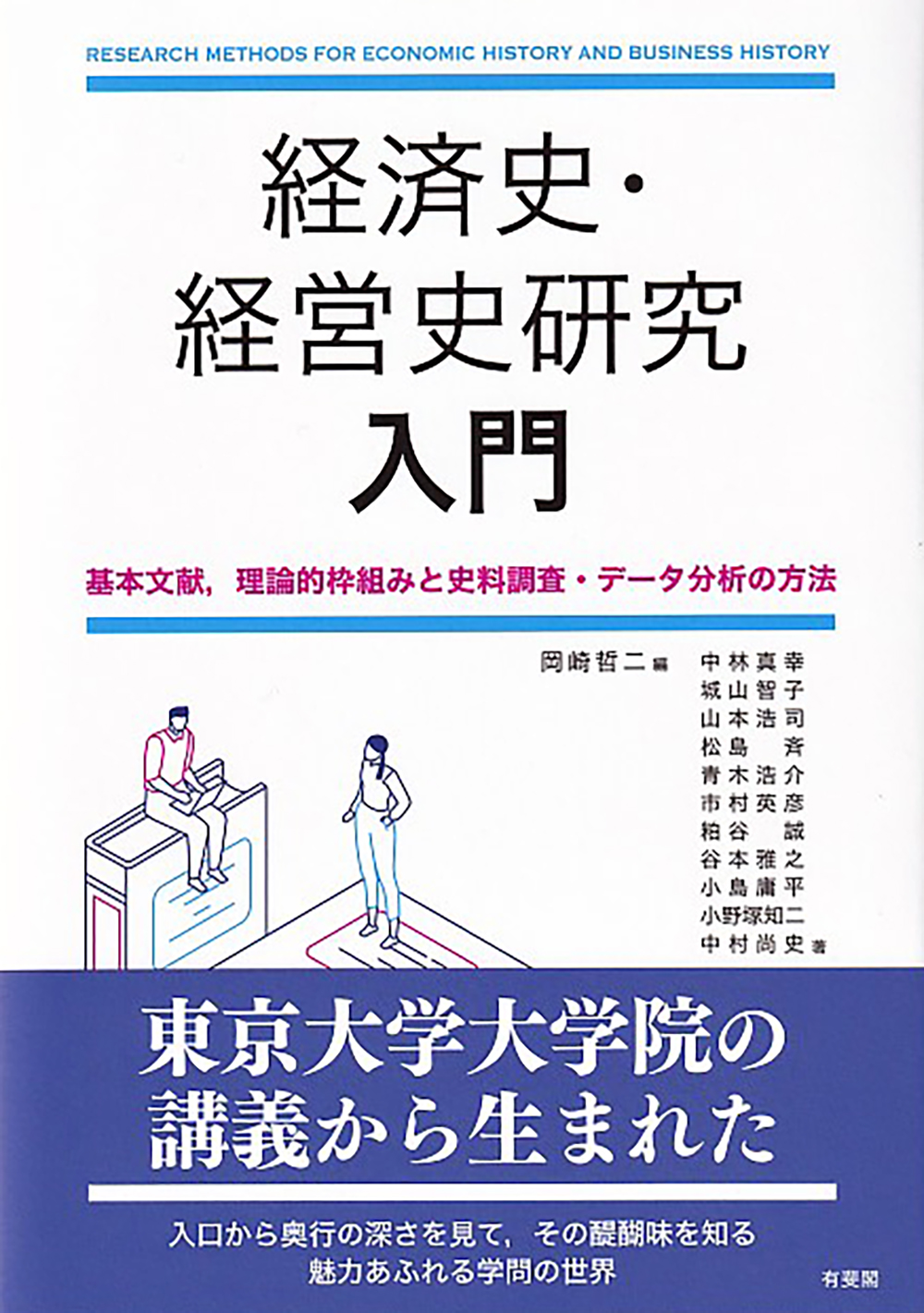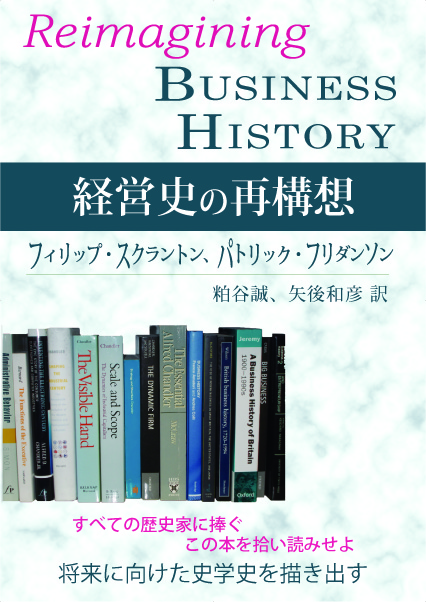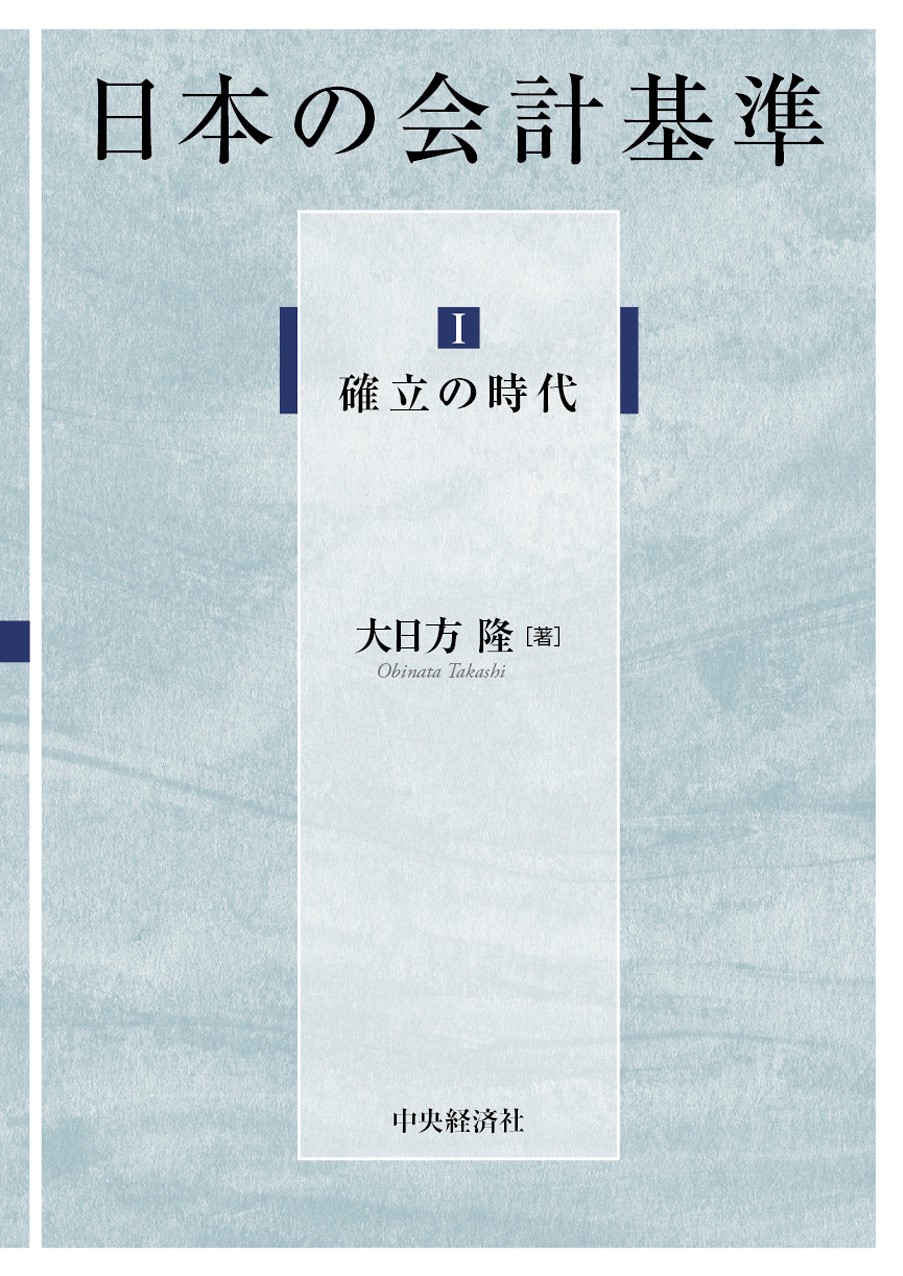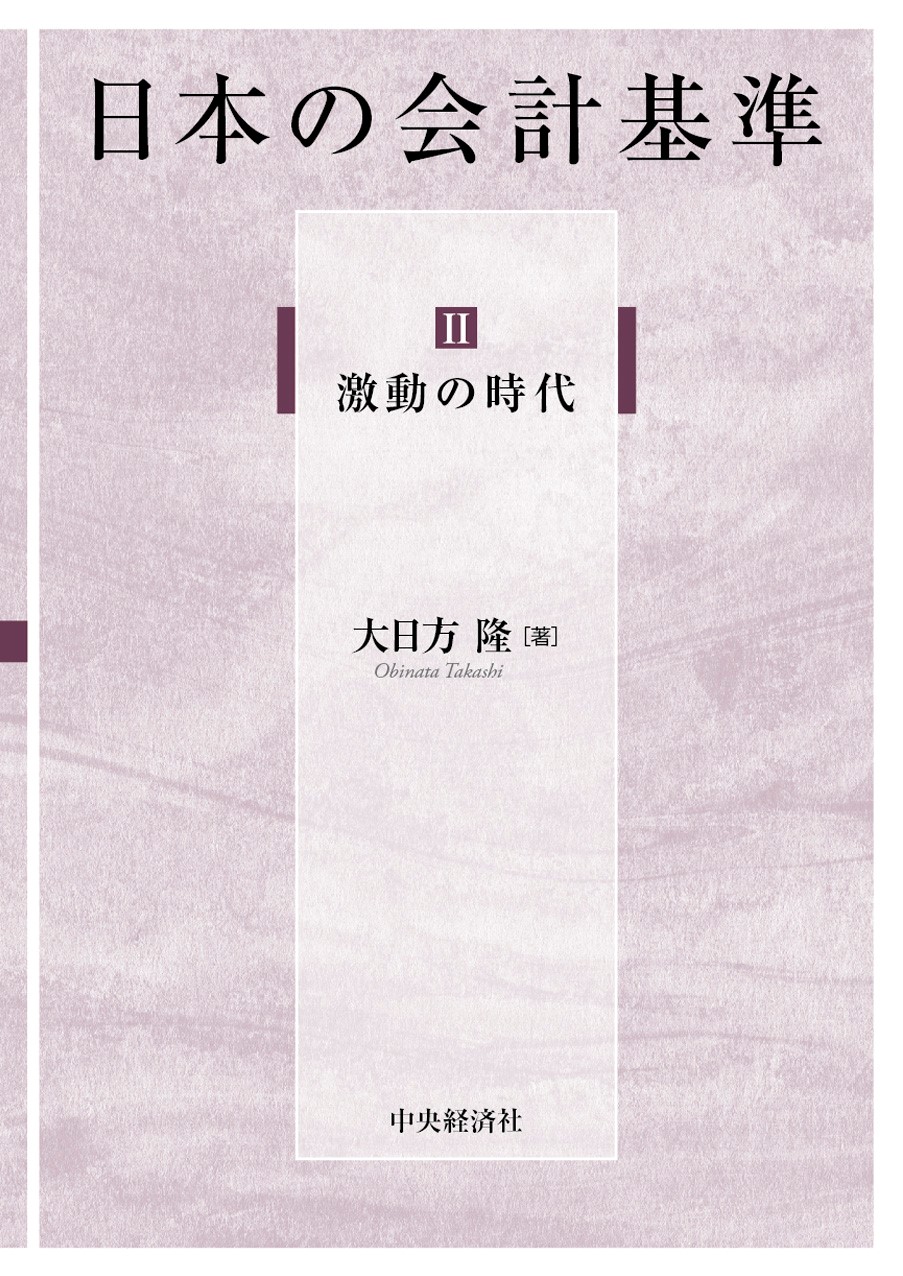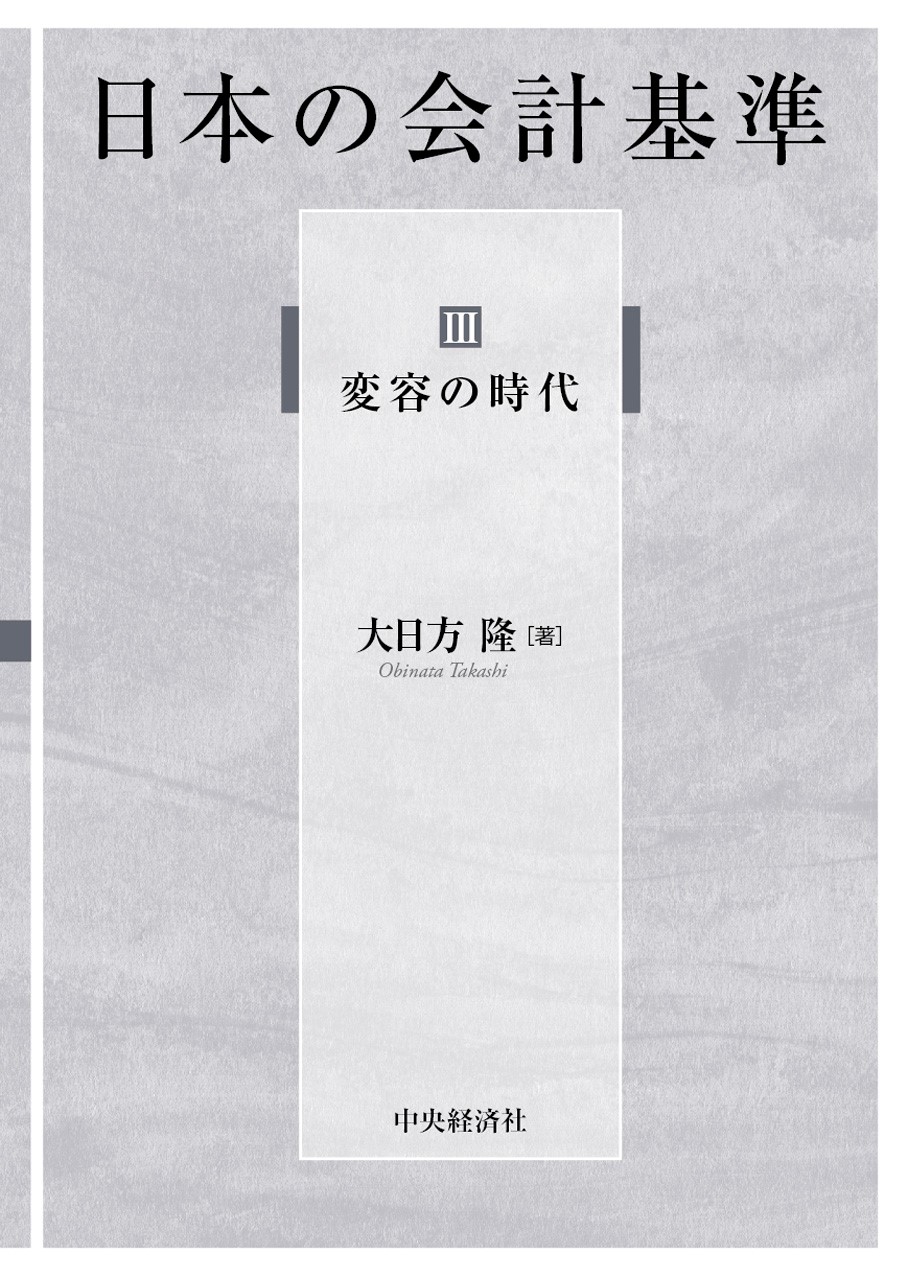
Title
Library Management Studies Core Text 14 Core Text Keiei-shi (Core Text Business History)
Size
376 pages, A5 format, hardcover
Language
Japanese
Released
December 25, 2019
ISBN
978-4-88384-303-9
Published by
SHINSEI-SHA
Book Info
See Book Availability at Library
Japanese Page
Modern companies are engaged in vertical integration (whereby they purchase raw materials, manufacture and sell products, and conduct research and development in-house) and diversification (whereby they handle multiple products and fields). Such companies are characterized by the adoption of a multi-divisional structure in which business divisions (including such functions as purchase, manufacture, sales, and research and development) are organized according to the product or business field. These modern companies emerged in the United States in the 1920s and naturally spread across the globe, including Japan, after World War II. Since the late 1970s, however, a move toward purchasing some half-finished products from other companies instead of manufacturing them in-house (dissolution of vertical integration) and toward withdrawing from the unprofitable product field and concentrating resources on potentially highly profitable fields (review of diversification or selection and concentration) became widespread in the United States, leading to the transformation of modern companies. In Japan, this move has become progressively stronger since the 1990s. This volume attempts to give an account of the generation and transformation of these modern companies in Japan.
The introductory chapter gives a theoretical account of why firms are vertically integrated and diversified and shows the percentage of major firms in Japan that have a multi-divisional structure in place.
Part I, entitled “System that Supports Company Management,” consists of three chapters: Corporate Governance, which shows how stakeholders appoint managers and how companies are managed; Corporate Accounting and Corporate Finance, which describes how companies procure funds and the rules they use to calculate their profits; and Corporate Group, which explores how companies are not independent and form various groups and how these groups have changed. The volume stresses the fact that despite the strong influence of the American legal system at the beginning of modernization in Japan, the influence of the German legal system became stronger with the importation of various legal systems from Germany, which was then overshadowed by the influence of the American legal systems that became stronger again after the World War II defeat.
Part II, entitled “Manufacturing,” takes up five industries: textile, shipbuilding, automobile, electric machinery, and chemicals, and shows how these industries have risen, grown, matured, and declined (or not), and how the companies in each industry have been promoting and reviewing diversification and vertical integration since the end of the rapid economic growth of the Japanese economy. The textile industry has successfully diversified, and the companies with a very small weight in the textile division have a higher growth rate.
Finally, Part III, entitled Services Sector, sheds light on railway, trading, retail, and finance industries and explores how diversification has progressed. The railway companies excluding JR companies in Japan are unique in its nature as private businesses and diversification into department store, supermarket, and real estate industries, while maintaining profitability in the railway industry. These results are a consequence of responding to the issue of how to monetize the favorable location in front of a station and the policy framework that allowed for such diversification.
(Written by KASUYA Makoto, Professor, Graduate School of Economics / 2020)



 Find a book
Find a book


